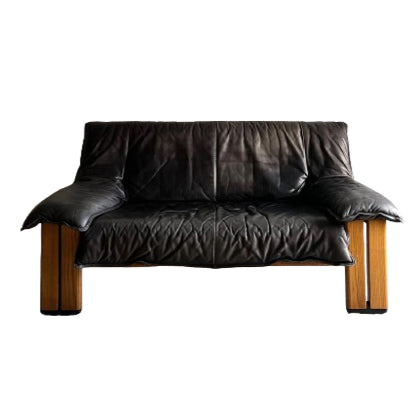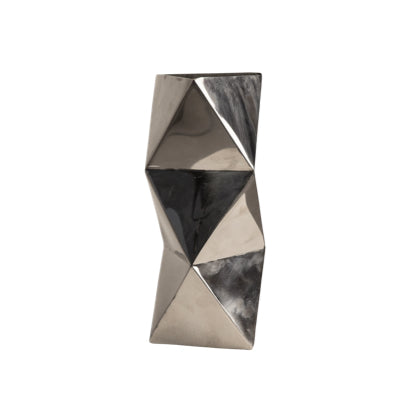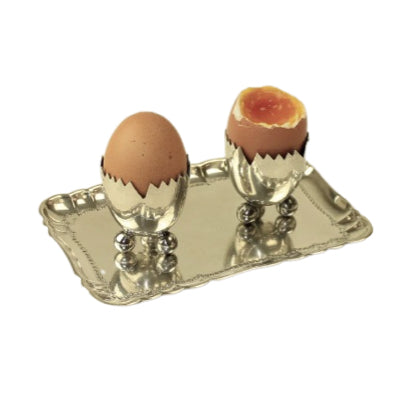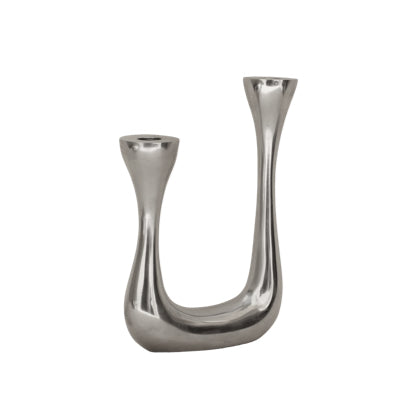A vintage end table 1940s is more than an accent—it’s a glimpse into a design era defined by craftsmanship, restraint, and enduring materials. These pieces, often made of rich walnut or mahogany, blend understated glamour with fine detailing, making them a perfect addition to curated interiors. Whether you’re restoring a period home or layering historic charm into a modern setting, 1940s end tables offer structure, soul, and sophistication.
Often rooted in transitional styles—somewhere between Art Deco exuberance and mid-century clarity—these tables provide versatility for designers who value provenance and personality. Look for streamlined drawer fronts, 1940s side table silhouettes, and brass or bakelite hardware that lend authentic vintage flair without overwhelming the room. In smaller spaces, they work beautifully as nightstands or sofa companions, offering both function and character.
What Defines a Vintage End Table from the 1940s?
What Defines a Vintage End Table from the 1940s?
Tables from the 1940s reflect a period of refined transition. As wartime austerity gave way to post-war optimism, furniture design leaned into clean lines, modest ornamentation, and highly functional forms. A vintage end table 1940s may feature waterfall edges, tapered legs, or subtle inlays—all hallmarks of the decade’s quiet elegance.
Woods such as maple, cherry, and oak were often used, finished in warm tones that patina beautifully over time. Compared to more decorative styles of the 1920s and 30s, these tables embody restraint. Their scale and symmetry make them ideal for use in both traditional and modern rooms, offering a visual anchor without excess.
Styling 1940s End Tables in Today’s Interiors
Styling 1940s End Tables in Today’s Interiors
Integrating a 1940s end table into contemporary spaces requires a balance of contrast and continuity. In a modern living room, pair a waterfall-edge table with a sculptural sofa or boucle armchair to soften the tension between eras. For bedrooms, use one as a nightstand flanked by a minimal sconce—it brings warmth without overpowering clean-lined beds or neutral palettes.
Layering texture is key. Consider styling with a mid-century lamp, a stack of linen-bound books, or a ceramic vessel to reflect the materiality of the table itself. These pieces work exceptionally well in homes that mix vintage with new—where every detail is deliberate and nothing feels rushed.





